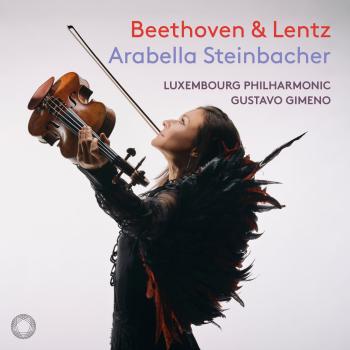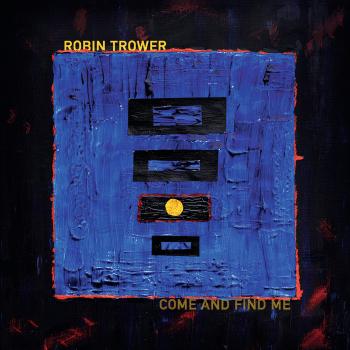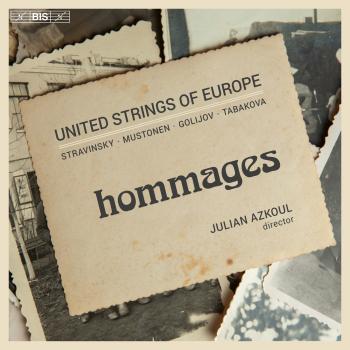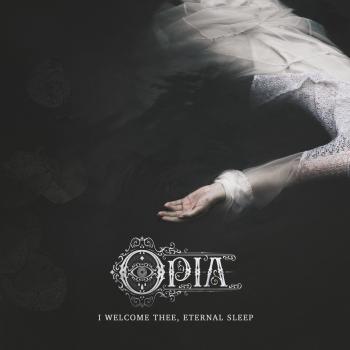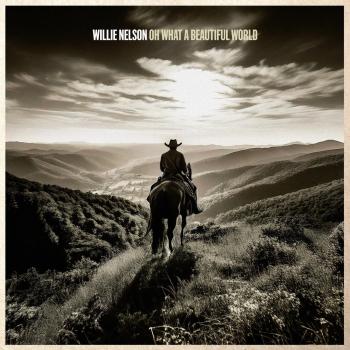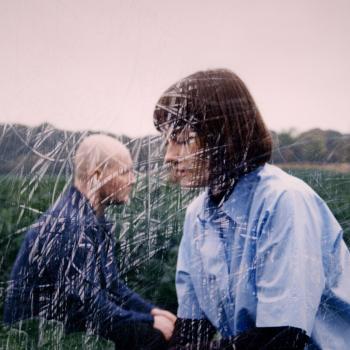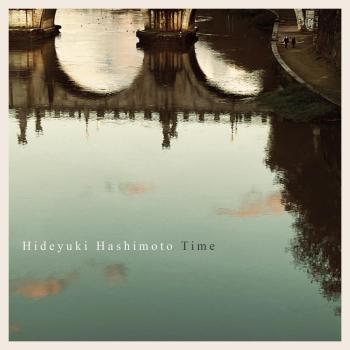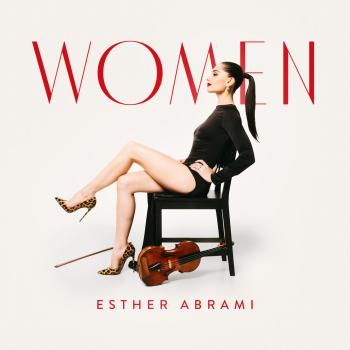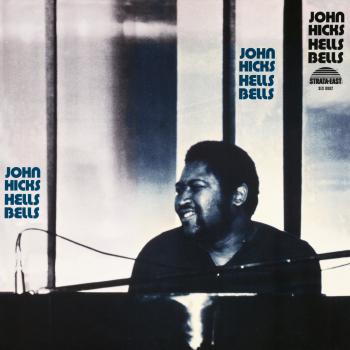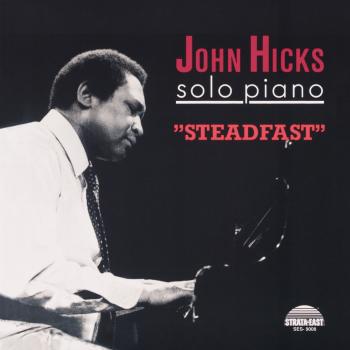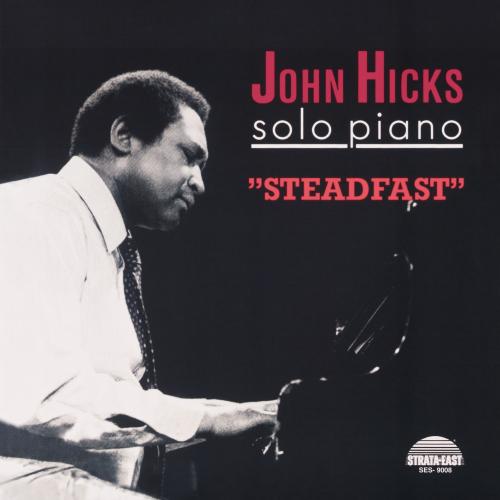
Steadfast (Remastered) John Hicks
Album info
Album-Release:
1991
HRA-Release:
25.04.2025
Album including Album cover
- 1 One for John Mixon 04:18
- 2 Lush Life 03:29
- 3 Pensativa 03:34
- 4 Sophisticated Lady 02:49
- 5 Hamp's Dance 02:53
- 6 My One and Only Love 02:34
- 7 Steadfast 05:35
- 8 Serenada 02:12
- 9 Without a Song 03:58
- 10 In a Sentimental Mood 02:15
- 11 Soul Eyes 02:00
- 12 A Nightingale Sang in Berkeley Square 03:00
- 13 The Bright Eyes 04:27
Info for Steadfast (Remastered)
John Hicks (1941-2006) gave much to jazz over several decades but never really received the appreciation he so richly deserved. As a pianist, he proved himself in the Art Blakey and Betty Carter universities. He was also the prototypical musician’s musician, a first-call pianist for many jazz greats and a magnificent accompanist to the art’s best saxists, including Pharoah Sanders, Arthur Blythe, Chico Freeman, Archie Shepp, and David Murray.
He was often accused of hovering in McCoy Tyner’s shadow, which is unfair and untrue. But he evinced a great fondness for Coltrane’s music and was often heard on many a Coltrane tribute, showing affection for the saxophonist and his appreciation for Tyner’s contribution to Coltrane’s finest music.
Another facet of John Hicks’ career, which gets even less attention than his wondrous playing, is his ability to craft identifiable compositions that are wandering and melodic, suggestive and malleable yet memorable all at once.
It would be difficult to conceive the ideal tribute to John Hicks. As a jazz contributor, he wasn’t easily pigeon-holed. While he was always a (straight) jazz player, he skirted the edges of free jazz and pure romanticism that neither side ever appreciates in the other. But both camps could find moments of joyous life in all the ways Hicks chose to express himself. He was an unmistakably perfect accompanist in any mode.
John Hicks, piano
Digitally remastered
John Hicks
A longtime fixture of the New York City jazz landscape, pianist John Hicks was an artist of uncommon versatility, moving effortlessly from pop standards to the avant-garde while retaining the dense physicality and intense energy that were the hallmarks of his approach. Born December 12, 1941, in Atlanta, Hicks was still an infant when his preacher father relocated the family to Los Angeles. He spent the better part of his teen years in St. Louis, and counted among his classmates there the young Lester Bowie. Hicks’ mother was his first piano teacher, and after a stint at Lincoln University in Missouri he attended the Berklee School of Music and the Juilliard School; he later cited influences spanning from Fats Waller to Thelonious Monk to Methodist church hymns, and his catholic listening tastes were instrumental in shaping his far-ranging skills as a player. After touring in support of bluesman Albert King and hard bop tenor saxophonist Johnny Griffin, Hicks backed singer Della Reese during a 1963 New York club residency, and the city remained his home for the rest of his life. In the wake of stints with Kenny Dorham and Joe Henderson, Hicks joined Art Blakey’s Jazz Messengers in 1964, collaborating alongside the likes of trumpeters Lee Morgan and Freddie Hubbard. Two years later, he signed on with singer Betty Carter, like Blakey a keen judge of emerging talent. Upon exiting Carter’s band in 1968, Hicks spent the remainder of the decade with Woody Herman and entered the decade to follow as a first-call sideman. He also moonlighted as an educator, and during the early ’70s taught jazz and improvisation at Southern Illinois University.
After backing Carter on her 1976 date Now It’s My Turn, Hicks returned to her backing group full-time. The exposure vaulted him to new renown, and in 1979 he finally led his own studio effort, After the Morning. With 1981’s Some Other Time, cut with bassist Walter Booker and drummer Idris Muhammad, Hicks also emerged as a gifted composer, writing his best-known effort, “Naima’s Love Song,” in honor of his young daughter. He recorded prolifically in the years to follow, concentrating on solo and small ensemble work including stints as member of the Power Trio and the Keystone Trio. He also served as the regular pianist with the Mingus Dynasty Band and for a time led his own big band. Hicks enjoyed his greatest commercial success with a series of tribute LPs celebrating the music of his mentors and influences, highlighted by 1998’s Something to Live For (a collection of Billy Strayhorn compositions), 2000’s Impressions of Mary Lou (Williams, of course), and 2003’s Fatha’s Day (honoring Earl Hines). Hicks’ longest and most rewarding collaboration was his partnership with flutist Elise Wood, which launched in 1983 and after several studio sessions and tours culminated in marriage in 2001, around the time of the release of their duo recording Beautiful Friendship. Hicks died suddenly on May 10, 2006. Just three days earlier, he delivered his final performance at Harlem’s St. Mark’s United Methodist Church, where his father served as a minister prior to his own death. Hicks was 64 years old. (Jason Ankeny, AMG)
This album contains no booklet.


